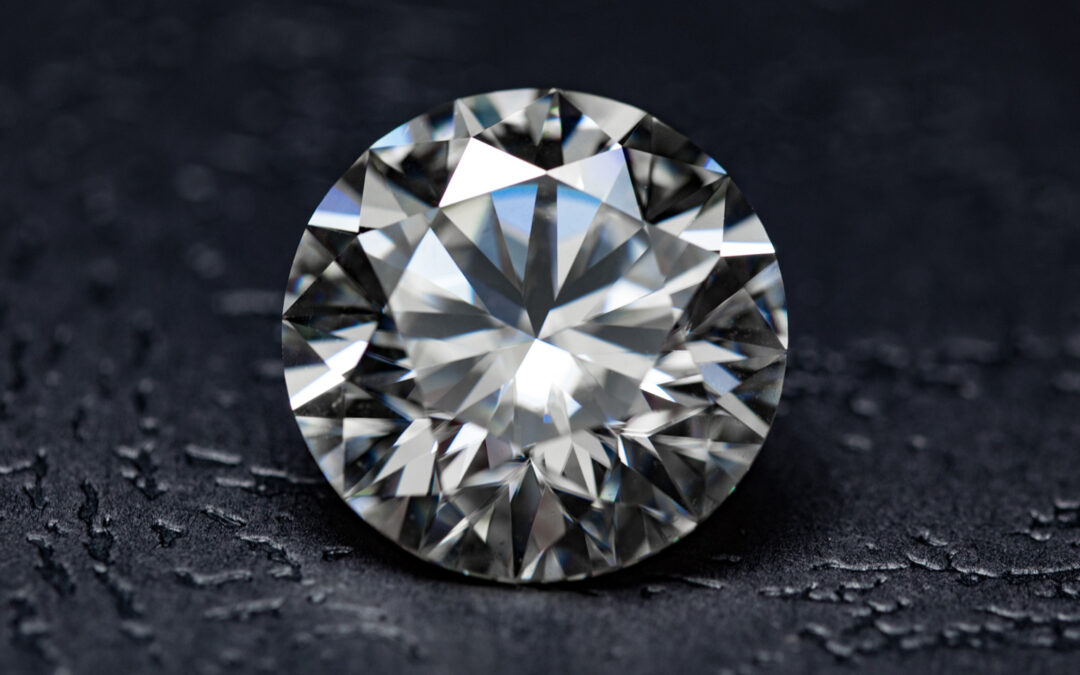Diamonds have long been considered a symbol of luxury, beauty, and eternal love. Whether it’s for engagement rings, jewelry, or simply an investment, diamonds are a top choice for many. However, the growing popularity of lab-grown diamonds has sparked a debate: Are these synthetic diamonds as good as their natural counterparts? In this article, we’ll compare lab grown diamonds vs natural with natural diamonds in terms of origin, quality, pricing, and environmental impact to help you make an informed decision.
What Are Lab-Grown Diamonds?
The Process Behind Lab-Grown Diamonds
Lab-grown diamonds, also known as synthetic diamonds or cultured diamonds, are created in a laboratory using high-pressure, high-temperature (HPHT) methods or chemical vapor deposition (CVD). These methods replicate the natural conditions under which diamonds form deep within the Earth.
- HPHT: In this process, carbon is subjected to extreme heat and pressure, simulating the conditions found deep inside the Earth. The result is a diamond crystal.
- CVD: This technique uses a gas mixture to deposit carbon atoms onto a substrate, where they crystallize into diamond.
While the process is faster, the chemical structure and physical properties of a lab-grown diamond are identical to natural diamonds.
Why Choose Lab-Grown Diamonds?
Lab-grown diamonds offer many advantages, particularly for people seeking a more affordable or eco-conscious option. They are virtually indistinguishable from natural diamonds and come in a wide range of sizes and styles. Many buyers also find the lower price of lab-grown diamonds attractive.
What Are Natural Diamonds?
The Formation of Natural Diamonds
Natural diamonds are formed over billions of years under extreme pressure and temperature conditions deep within the Earth’s mantle. Carbon atoms bond together and crystallize to form diamonds, which are then brought to the Earth’s surface through volcanic eruptions. The rarity and geological processes involved make natural diamonds precious.
Why Choose Natural Diamonds?
Natural diamonds have an intrinsic value that comes from their natural origins. Many people choose them because of their geological history and their association with tradition and luxury. Natural diamonds are also rare, making them valuable both financially and sentimentally.
Lab-Grown Diamonds vs Natural Diamonds: Key Differences
1. Cost
Lab-grown diamonds are typically 20% to 40% less expensive than their natural counterparts. Since they can be produced in a controlled environment and don’t require extensive mining operations, their production costs are lower, which directly impacts their retail price.
Lab-Grown Diamond: More affordable, offering a higher value for your budget. Natural Diamond: More expensive, reflecting its rarity and geological formation.
2. Quality and Appearance
Both lab-grown and natural diamonds are composed of 100% carbon and share the same crystal structure. As a result, they look identical to the naked eye, and distinguishing between the two requires sophisticated equipment, such as a diamond tester.
However, natural diamonds often have inclusions, or small imperfections, that form during their creation in the Earth. In contrast, lab-grown diamonds can be made with fewer inclusions, leading to a potentially “cleaner” appearance.
Lab-Grown Diamond: Can be produced with fewer or no inclusions. Natural Diamond: May have natural inclusions, adding to its unique character.
3. Environmental Impact
One of the key selling points of lab-grown diamonds is their reduced environmental impact compared to natural diamonds. Traditional diamond mining is associated with significant environmental degradation, including habitat destruction, water contamination, and carbon emissions.
In contrast, man made diamonds have a smaller environmental footprint, especially when produced with renewable energy. However, the exact environmental impact of lab-grown diamonds can vary depending on the energy source used in their creation.
Lab-Grown Diamond: More eco-friendly, with less environmental harm. Natural Diamond: Mining has a significant environmental impact.
4. Rarity and Value
Natural diamonds are formed over billions of years and are considered rare, giving them inherent value. Their scarcity makes them more precious and harder to find in large quantities, contributing to their high price.
On the other hand, lab-grown diamonds, while identical in quality and appearance, can be produced on demand. As a result, they don’t have the same rarity factor, which impacts their long-term investment value.
Lab-Grown Diamond: Not as rare, with prices remaining stable. Natural Diamond: Rare and valuable due to its scarcity.
5. Ethical Considerations
The ethical concerns surrounding diamond mining, including labor exploitation and conflict diamonds, have led many to consider lab-grown diamonds as a more ethical alternative. Lab-grown diamonds are created in controlled environments, without the negative impacts of traditional mining practices.
Lab-Grown Diamond: Ethical choice, free from labor exploitation and conflict. Natural Diamond: Ethical concerns may exist due to mining practices.
Advantages and Disadvantages of Lab-Grown Diamonds
Pros:
- Lower Cost: More affordable than natural diamonds.
- Environmentally Friendly: Less harmful to the environment.
- Ethical: Avoids the issues of conflict diamonds and poor labor conditions.
Cons:
- Perceived Value: Some people may not view lab-grown diamonds as valuable as natural diamonds due to their synthetic nature.
- Resale Value: Lab-grown diamonds may not retain the same resale value as natural diamonds.
Advantages and Disadvantages of Natural Diamonds
Pros:
- Rarity: Natural diamonds are rare and highly prized.
- Investment: Over time, natural diamonds may appreciate in value.
- Tradition: Many people view natural diamonds as a timeless symbol of love and commitment.
Cons:
- High Cost: More expensive due to their rarity and the mining process.
- Environmental Impact: Mining practices can harm the environment.
- Ethical Issues: Concerns over labor conditions and conflict diamonds.
Conclusion: Which Diamond Is Right for You?
Both lab-grown diamonds and natural diamonds have their advantages and unique appeal. If you’re looking for a more affordable, eco-friendly, and ethical option, a lab-grown diamond could be the best choice. However, if you prefer a diamond with natural rarity, timeless value, and traditional significance, a natural diamond may be the way to go.
Ultimately, the decision comes down to your personal preferences, values, and budget. Either way, you’ll be purchasing a stunning and durable gemstone that lasts forever.

